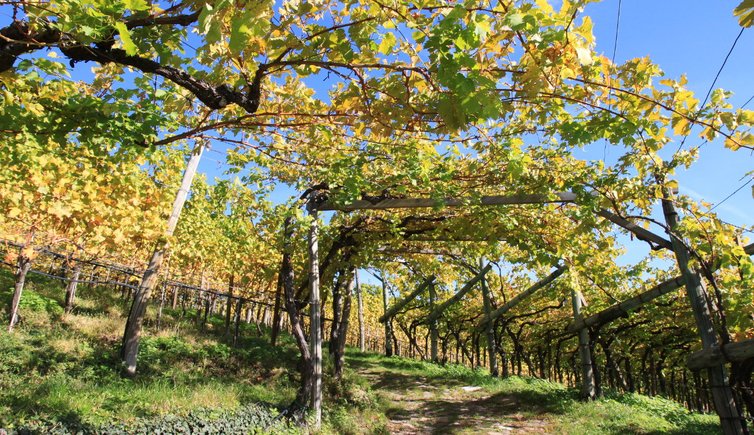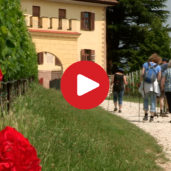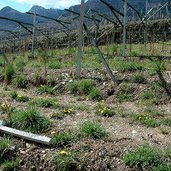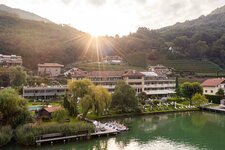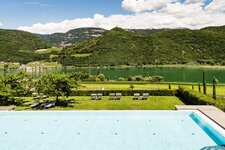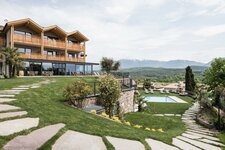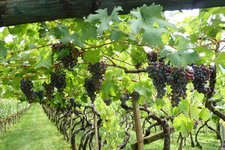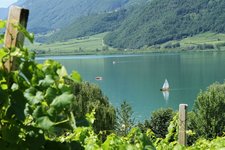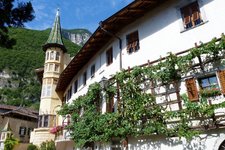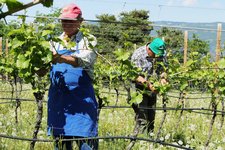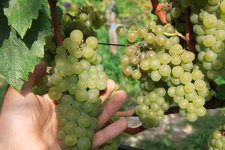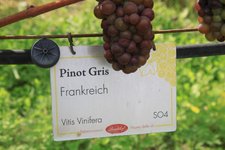Climate and soil strongly influence - like in all wine-growing regions worldwide - the typical character of the local wines
Also in South Tyrol the landscape and the weather conditions determine the specific characteristics of the local wines. For climate reasons, the wine-growing area is restricted to the warm slopes of the Valle dell’Adige and the Valle Isarco valleys between Silandro and Salorno and between Bolzano and Bressanone. The centre of viticulture, however, can be found in the south of South Tyrol, in the surroundings of Lake Caldaro with its gentle hills and many hours of sunshine.
The common method of vine-growing where the vine is trained on a traditional pergola represents the best way for the optimum use of the sunshine and warmth of the region and gives the landscape its distinctive and appealing appearance. Due to the particular climatic conditions, the vines grow in the southern part of South Tyrol at altitudes between 200 m a.s.l. in Salorno and 1,000 m a.s.l. in Favogna. The best results, however, are achieved between 200 and 500 m a.s.l. on south, south-east and south-west oriented slopes.
In this regard South Tyrol has also some superlatives to offer: near Castel Katzenzungen on the Tesimo-Prissiano high plateau in Merano and surroundings, there is the largest vine of Europe. Still today from the 300 sqm large Versoaln vine the rarely poured Versoaln wine is produced. In the south of South Tyrol, however, more precisely in Magrè along the Wine Road, the oldest domestic vine of South Tyrol can be found, which was planted back in 1601 AD.
